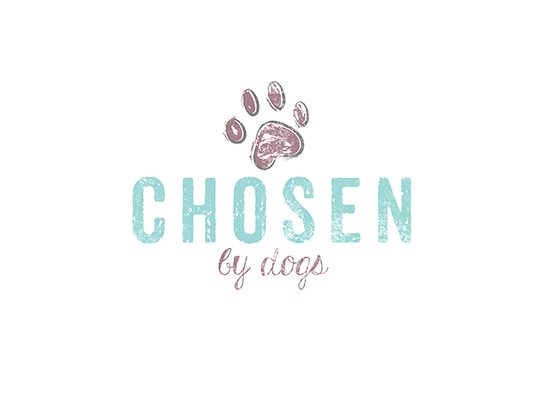What’s on your checklist of things for driving your dog into the country for a long walk?
Boots? Check
Lead? Check
Water and bowl? Check
For many of us that’s about it other than a few snacks, perhaps.
Dogs do have a habit of poking their noses into holes and gaps, though, especially when there are new smells to be investigated. They also rarely heed the proverb ‘Look before you leap.’ and have a tendency to scale walls and jump over logs regardless of any dangers on the other side.
Unfortunately, despite all of the exhortations for people visiting the country to take their litter home, our green spaces are often littered with open cans and broken glass. Discarded and rusting bits of barbed wire are a fairly frequent find as well.
Then there are the insects. Bee and wasp stings on pads are quite common (dogs don’t usually look where they put their feet) and usually cause some itchy irritation and mild discomfort, however, as with humans some dogs are allergic to some stings and could have a much more serious reaction.
A sting in the mouth or throat is also something to be wary of as an allergic reaction could result in an inflamed or swollen airway that makes it impossible for your dog to breathe.
If you need to treat either a bee or wasp sting, remember the following so that you don’t make matters worse.
Bee stingers will often remain embedded in the tissue. Don’t try to pull out the stinger because that involves squeezing the venom sac, so more harm will be done to your dog. Scrape across the paw with something hard and straight, such as a credit card or the edge of a phone case.
Wasps take their stingers with them to sting again, so there’ll be nothing to remove.
Bee stings should be bathed with Bicarbonate of Soda (Look at all those Bs)
Wasp stings are most effectively treated with vinegar (No Bs at all)
Getting these the right way around will ensure that you don’t cause your dog more discomfort.
So, back to the checklist for paranoid dog owners (which is most of us)
Rolls of gauze, cotton pads and tape to contain bleeding.
Hydrogen peroxide to clean a dirty wound
A blanket to wrap your dog in (animals go into shock too)
Antihistamine for stings
Scissors (rounded ends) for cutting tape and, if necessary, trimming back fur.
Elastic bandages
A muzzle (your dog may panic and act out of character – better you have only one injury to cope with)
Know roughly where your nearest veterinary surgery is. If you can’t get a signal to search for it you could waste valuable time going in the wrong direction.


